
Home Workouts and Variation of Movements: Part 1
Joel Peterson – Level 5 Personal Trainer Apple Athletic Club
We’ve gone through several whole body home workouts in previous articles. Here are some excellent variations of these exercises. Some basic equipment such as BOSU Balls and weights are readily available at local sports stores such as Big Five and Sports Authority.
If you’re new to our posts, start with basic movements and move to the variations as you become more fit. Don’t attempt advanced movements until you have mastered the basics. Next week I will be bringing you other movements you can incorporate into your exercise program.
I strongly suggest if you have not read the previous articles on exercise you go back and review before beginning an exercise program. There are “rules of the game” you should know before jumping into any routine unfamiliar to your everyday body movements.

Have some fun with these new great variations! By utilizing them, you will advance your level of physical fitness a notch or two.
Squats
10+ REPETITIONS
3-4 SETS
THREE TIMES A WEEK
Squats have a reputation of a lower-body exercise exclusively but this is definitely a full-body workout. When executed with proper form, squats not only utilize your glutes, but also your abdominal, back, shoulder and arm muscles.
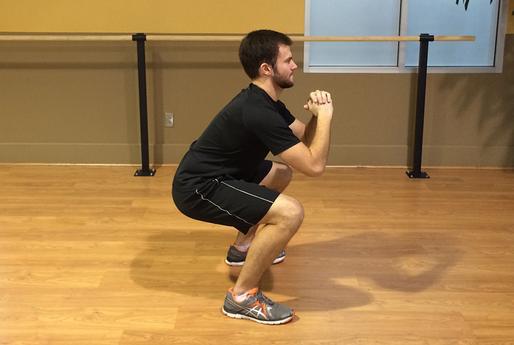
HOW TO DO THEM
Start by standing, then hinge your hips back and bend your knees as if you were sitting in a chair. To ensure you have correct alignment and to reduce the chance of injury, rely primarily on your hips as you sit back. Make sure your knees are tracking over your ankles and your heels are firmly planted. Once your thighs are parallel to the floor (or lower if your flexibility allows), pause then rise back up to a standing position.
Add a BOSU Ball and/or Hold Dumbells
Adding a BOSU Ball to your squat routine definitely kicks up the difficulty. Not only does it increase your core strength by requiring extra stability but it also keeps your balance. It also recruits additional muscles in your legs.
Proper form is even more important when performing squats on the BOSU ball so it may take time for your squats to be as deep with this variation. Adding a BOSU ball to the standard squat increases both the difficulty of the exercise and the work performed by activating multiple lower-extremity stabilizers and core muscles.
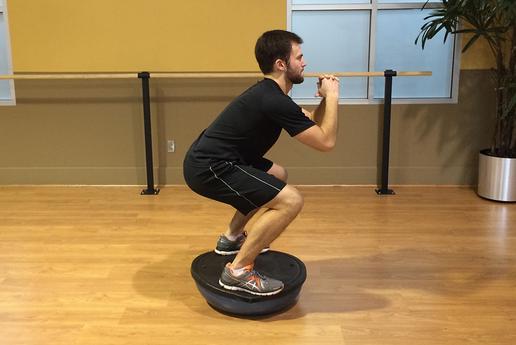
HOW TO DO IT
As you stand on the BOSU ball, place your feet parallel to each other near the edges (but not on the edge). Your feet should be hip-distance apart and slightly turned out. Sit back just like a normal squat but remember your balance will be challenged by the unstable foundation. You may not be able to go as deep as with normal squats but just make sure that you maintain proper form throughout.
Lunges
Lunges can be performed either stationary or walking. Though lunges work many of the same muscles that squats do, the added mobility they require means these muscles are challenged differently due to the additional range of motion.
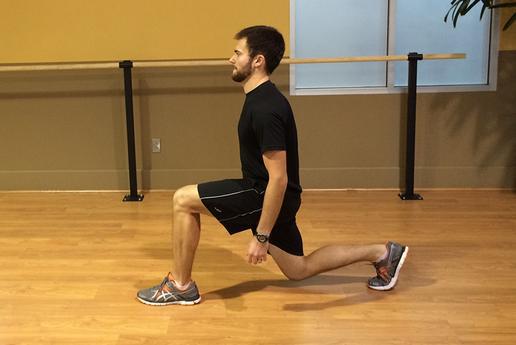
HOW TO DO THEM
From a standing position, take a large step forward with your right leg as you bend both knees. Both of your knees should be at 90-degree angles with your left knee under your left hip and your right knee over your right ankle. From here, you can either continue bending and straightening your legs for each rep (staying in place) or switch legs and walk forward as you continue your lunges.
Rotate With a Medicine Ball
This weighted lunge variation is a great way to add difficulty and work your shoulders. The rotation adds additional movement that requires core stabilization and increases the balance needed to complete the move properly. Your shoulders and back will feel the rotation and added weight, recruiting more muscles.
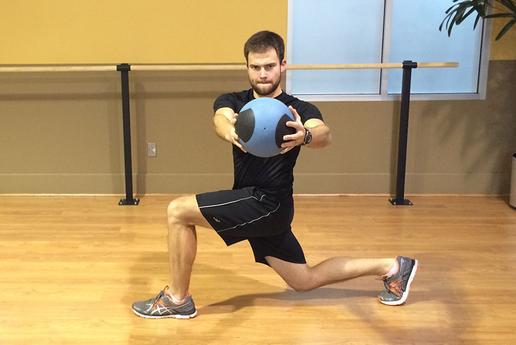
HOW TO DO IT
Start standing as you hold a small weighted medicine ball straight out in front of your chest. As you step forward on your left leg, rotate the medicine ball to your left side, keeping your arms straight and your hips level. Step up to standing and bring the medicine ball back to the start. Repeat on your right leg.
Crunches
Crunches are the most widely used way to target your abs and the number of variations on this classic move is nearly endless. When doing crunch variations, you can engage specific abdominal muscles depending on how you execute the move. However, the basic form of this move requires keeping your lower back on the ground.
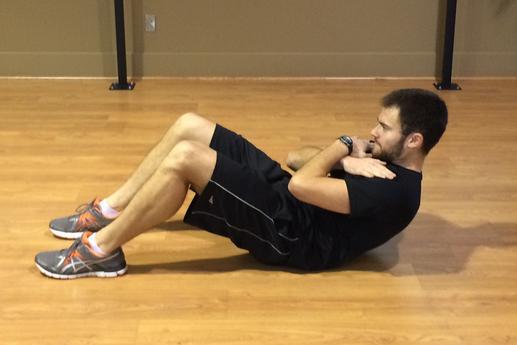
HOW TO DO THEM
Lie flat on your back with your knees bent and feet on the floor. Bring your hands behind your head. Contract your abdominal muscles as you raise your head, neck and shoulder off the floor, making sure your neck stays straight and that you’re not pulling on the back of your head. Slowly lower down so that you’re hovering above the floor and repeat. For this exercise, all the movement should come from your abdominal muscles not your neck.
Add Leg Extensions
This variation increases the difficulty of the move and helps target additional muscles in your core, lower back and backs of the legs. Meaningful results will be felt even faster than its traditional counterpart.
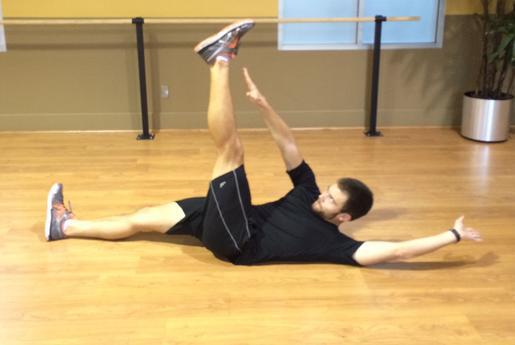
HOW TO DO THEM
Start by lying on your back and extending your right leg straight to the ceiling. Contract your abs and reach your right hand up to your right foot without straining or bending your neck. Lower slowly down and repeat before switching legs.
Twists with a Medicine Ball
Adding Twists to your ab routine is a great way to give your neck a break and decrease the stress on your shoulders. You’ll still work your center abdominal muscles (rectus abdominis) as crunches do but the twisting motion includes effort from your obliques as well. And if you also add a medicine ball, your arms will get a workout too.
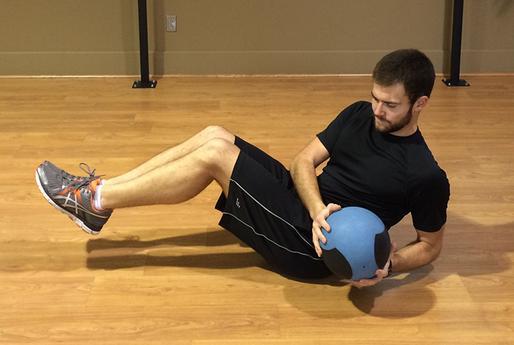
HOW TO DO THEM
Start seated on the ground with your knees bent. You can either plant your feet on the ground or hover them a few inches from the ground for greater difficulty. Holding a medicine ball at the center of your chest, rotate the ball to one side and then the other engaging your core muscles the entire time.
Work on these variations this week. Next week I will have some new and very effective variations on whole body exercises that will help bring you to a new level of fitness.
